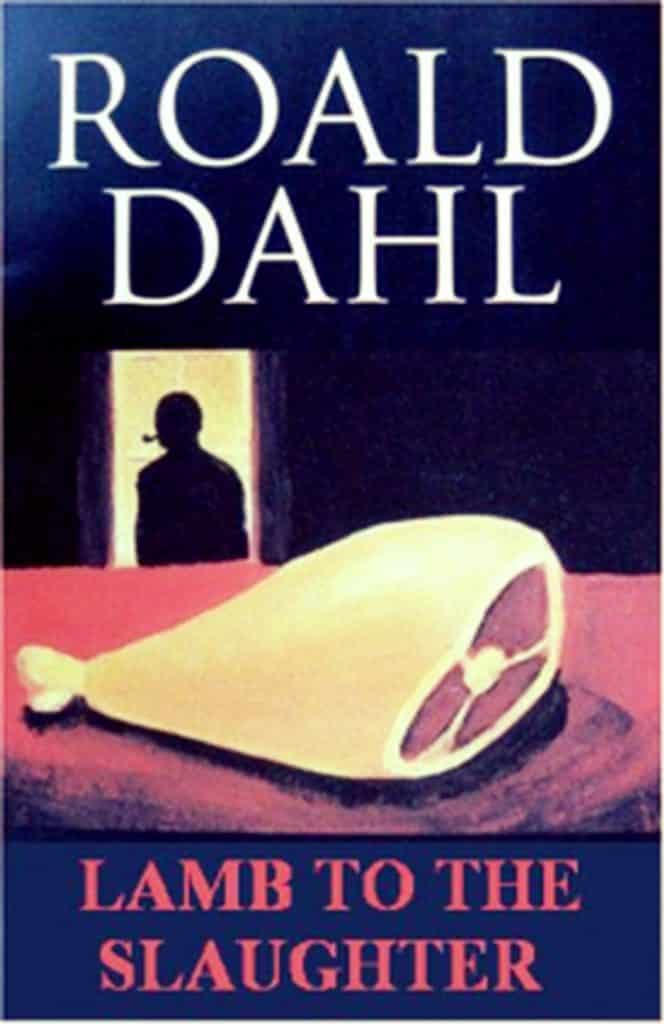
Lamb to the Slaughter is a story about the murder of Mr. Patrick Maloney, a police official who chooses to leave his pregnant wife, Mary. His pregnant wife, in shock, murders him. In this story, Mrs. Mary Maloney is placed in the setting as a housewife.
By choosing to leave Mary, Patrick places her in a place of being lost as her whole life revolves around the world of her husband Patrick. In this essay, the theme of female subservience in the world of Lamb to the Slaughter and the disruption that Mary experiences when she is done away with.
The story begins with Mary awaiting her husband’s arrival at the home. Her whole day is planned around the time in which he leaves and returns. In the text, it states, “For her, this was always a wonderful time of day… she was satisfied to sit quietly, enjoying his company after the long hours alone in the house.” (Dahl 1).
She awaited her husband’s return, and this was the highlight of her day. She was left to take care of the home while he had a life outside of the home, accentuating the fact that her only solace from a world in which she is by herself left to serve is the return at night.
When Mary Maloney addresses her husband, she does so in a sweet and affectionate manner. Whereas, Patrick, simply refers to her bluntly and unaffectionately. Two examples of this are, “‘Hello darling,’ she said. ‘Hello’ he answered.” (Dahl 1) along with, “‘Tired darling?’, ‘Yes,’ he said.”(Dahl 1). Her use of darling hints at the idea that she is to be adored while he is allowed to give nothing back to her, even verbally. This is another example of the way her world is supposed to be put underneath her in treatment, and hence in her daily living.
When Patrick breaks the news, he only states that he will make sure she is cared for in the financial sense. This leaves her with the child that is due in a few months, and it leaves her without a purpose in her life. He states, “Of course, I’ll give you money and see that you’re taken care of. But there really shouldn’t be any problem.
I hope not, in any case. It wouldn’t be very good for my job.” (Dahl 2). In the statement, his only concern seems to be her financial wellness and his status at his job. His world revolves around the work he has as a police officer, whereas the world of Mary revolves around her husband’s going and returning to work.
This disregard for her world, which is built around him, is being torn down displays how men can move from woman to woman, and it will make little difference, and it can destroy her entire lifestyle and well-being. His privilege of being a working man allows him a mobile lifestyle whereas she is chained to the role of a homebody in service to him due to her gender and pregnancy.
In conclusion, it is evident that Patrick disregards her emotions and puts her under him. In the beginning, it was shown that when Mary is alone in the house, working on the home all day, she waits for her husband’s arrival as the main part of her day. Secondly, it is seen how her affection is unreturned largely and unreciprocated.
Thirdly, the lifestyle and world she has become accustomed to being swept away and is only offered the reparation of monetary gain for all of her loyalty and service she has given to her husband. She is chained to her husband and his goals in life, as she holds no outside job or life other than socially.
This perfectly displays the fact that Mary, a perfect example of an American housewife, had been subjugated as many other housewives to her husband and all his whims, creating extreme abruption whereas her husband’s life remains largely intact.
